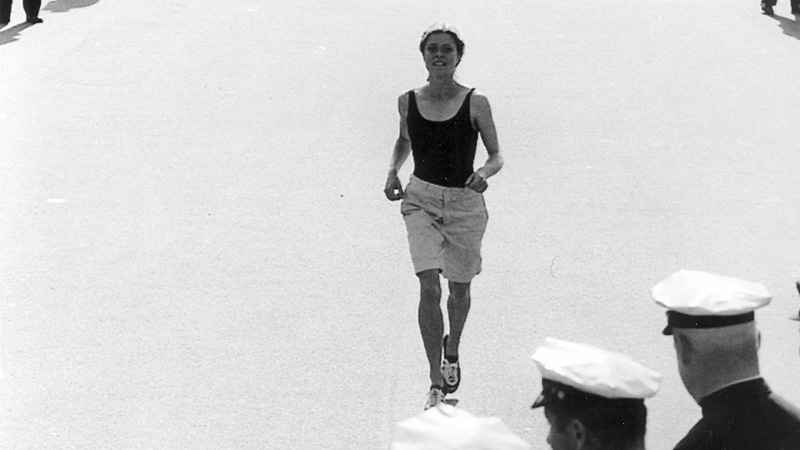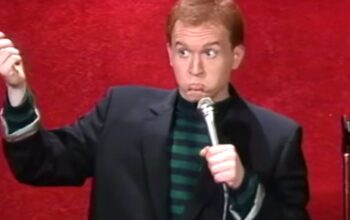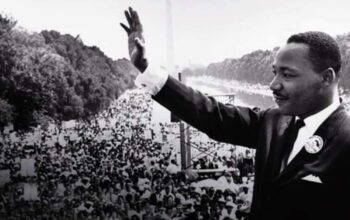It’s a Free Road: How Bobbi Gibbs Transformed Running
In February 1966 Roberta “Bobbi” Gibb applied to run in the Boston Marathon.
She had always been a big runner. In college, she would run the eight-mile commute to class. And, growing up in the suburbs of Boston, she had always dreamed of running in the famed race.
There was only one small problem.
Women weren’t allowed.
Race director Will Cloney rejected her application, saying that women were not physiologically able to run a marathon, and that they couldn’t take the liability.
Gibb was stunned.
She knew that women could run the race. She had trained for the marathon for two years, running as much as 40 miles in one day. They just didn’t see.
As she put it, “How can you prove you can do something if you’re not allowed to do it?”
She concluded there was only one way—she would have to sneak into the race.
Free Road
After spending four days and three nights on a bus from San Diego, she arrived in Boston the day before the race day, Patriot’s Day, April 19, 1966.
Wearing her brother’s Bermuda shorts and hooded sweatshirt, she hid in the bushes near the starting line.
When the gun went off, she made the leap into the pack, unsure if anyone would recognize her and if she’d get booted for joining the race.
What happened next astounded her.
Men running behind her realized that she was not a man. But instead of booing her or alerting the authorities, they protected her.

They told her “It’s a free road. We won’t let anyone throw you out.”
Gibb was emboldened. She took off the bulky sweatshirt to reveal her bathing suit underneath. And suddenly everyone knew.
Crowds cheered her as she passed and reporters caught wind of what was happening and followed her.
When she got to Wellesley, a crowd of women gathered to cheer her on. One woman with children was crying and yelled “Ave Maria!”
By the time she turned onto Boylston for the finish, spectators erupted with applause. Media were there to capture the historic moment, and even the governor of Massachusetts came down to shake her hand.
Gibb finished the race in 3 hours 21 minutes, ahead of two-thirds of the male competitors.
Those Who Are Doing It
As the saying goes, those who say it can’t be done shouldn’t interrupt those who are doing it.
The day after the race, Cloney was quoted as saying, “There is no such thing as a marathon for a woman. She may have run in a road race, but she did not race in the marathon.”
In reply, Gibb said she didn’t want to get into a debate about it. “Ask the runners who saw me. Or the spectators who were cheering me.”
The Boston Marathon officially opened to women in 1972.




